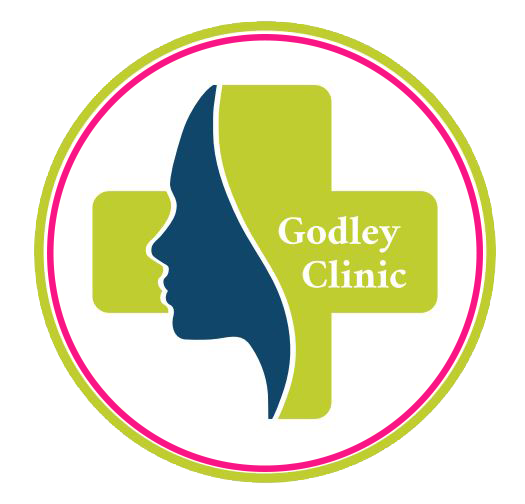The P-Shot and More: What PRP is and what it can do
Imagine using your own blood as a healing potion. This isn't the plot of a fantasy novel—it's Platelet-Rich Plasma (PRP) therapy, an advanced treatment that harnesses the bloodstream's healing powers.
Understanding PRP
PRP therapy harnesses your body's natural healing powers at its core. Dr. Mark Godley, an expert aesthetic doctor in Vancouver, employs a technique known as centrifugation to separate your blood into distinct layers. The vital "serum portion," found in the middle layer, becomes the PRP source. Platelets in this serum portion are packed with growth factors and proteins essential for cell repair. When applied in a PRP treatment, this powerful substance jumpstarts your body's reparative cells. What sets PRP apart is its personalized touch; it doesn't rely on a one-size-fits-all approach. It uses your own plasma to deliver a customized regenerative strategy designed to perfectly match your body.
While the vampire facial and the P-Shot have graced headlines, PRP's versatility extends far beyond these sensational applications
You are likely familiar with the vampire facial, a PRP treatment made famous by Kim Kardashian. If you follow the Godley Clinic on Instagram, you might have seen Dr. Godley talking about PRP for sexual health and penile restoration with the P-Shot. But, did you know there are other uses too?
Orthopedic applications of PRP
PRP has gained significant traction in orthopedic medicine for its ability to speed up the healing of injured tissues. Notable examples include tennis superstar Rafael Nadal and basketball legend Kobe Bryant, both of whom have reportedly explored the benefits of PRP to address injuries and support their musculoskeletal health. This therapy has gained substantial recognition for its capacity to accelerate the healing of injured tissues, particularly in the treatment of conditions such as tendon injuries, ligament sprains, and osteoarthritis.
As a result of PRP's growth factors, the body's natural healing processes and tissue repair mechanisms are amplified, while inflammation is simultaneously diminished.
Dermatological applications of PRP
In dermatology, PRP is employed for cosmetic purposes and hair restoration. Facial rejuvenation with PRP involves injecting the concentrated plasma into the skin, promoting collagen synthesis, and improving skin texture. Additionally, PRP has shown promising results in treating hair loss by stimulating hair follicles and promoting hair growth.
Dental applications of PRP
PRP is increasingly being used in dentistry, particularly in oral and maxillofacial surgery. It aids in the healing process after dental procedures such as tooth extractions, bone grafting, and implant placement. The growth factors in PRP contribute to tissue regeneration and faster recovery.
Sexual Health application of PRP: P Shot
One of the more unique applications of PRP is in sexual medicine, with the introduction of the P Shot. This treatment is designed to address issues of erectile dysfunction and enhance sexual function. By injecting PRP into specific areas of the penis, the growth factors work to improve blood flow, stimulate tissue regeneration, and enhance overall sexual performance.
By precisely injecting PRP into certain parts of the penis, the growth factors team up to boost blood flow, a key factor in helping erections happen and last longer. At the same time, the regenerative powers of PRP kick in, encouraging the repair and growth of endothelial cells and smooth muscle tissue. This complex teamwork not only tackles the immediate issues of erectile dysfunction but also goes the extra mile to significantly improve the entire picture of sexual performance. It's a refined and advanced solution for those looking for lasting enhancements in their intimate well-being.
The versatility of PRP therapy is evident in its various applications across different medical fields. From orthopedics to dermatology and even sexual medicine, PRP has emerged as a powerful tool for promoting healing and regeneration. As research continues to uncover new potential uses for PRP, it is likely that this innovative therapy will play an increasingly significant role in shaping the future of medicine.
Book your PRP and P Shot Consultation with Dr. Godley
If you or someone you know is dealing with chronic pain, hair loss, or erectile dysfunction, consider exploring the benefits of PRP at the Godley Clinic. Our expert team in Vancouver and Abbotsford can help restore your wellness and confidence. Contact us today to schedule a consultation and learn more about the drug-free and non-surgical treatment benefits of PRP.



